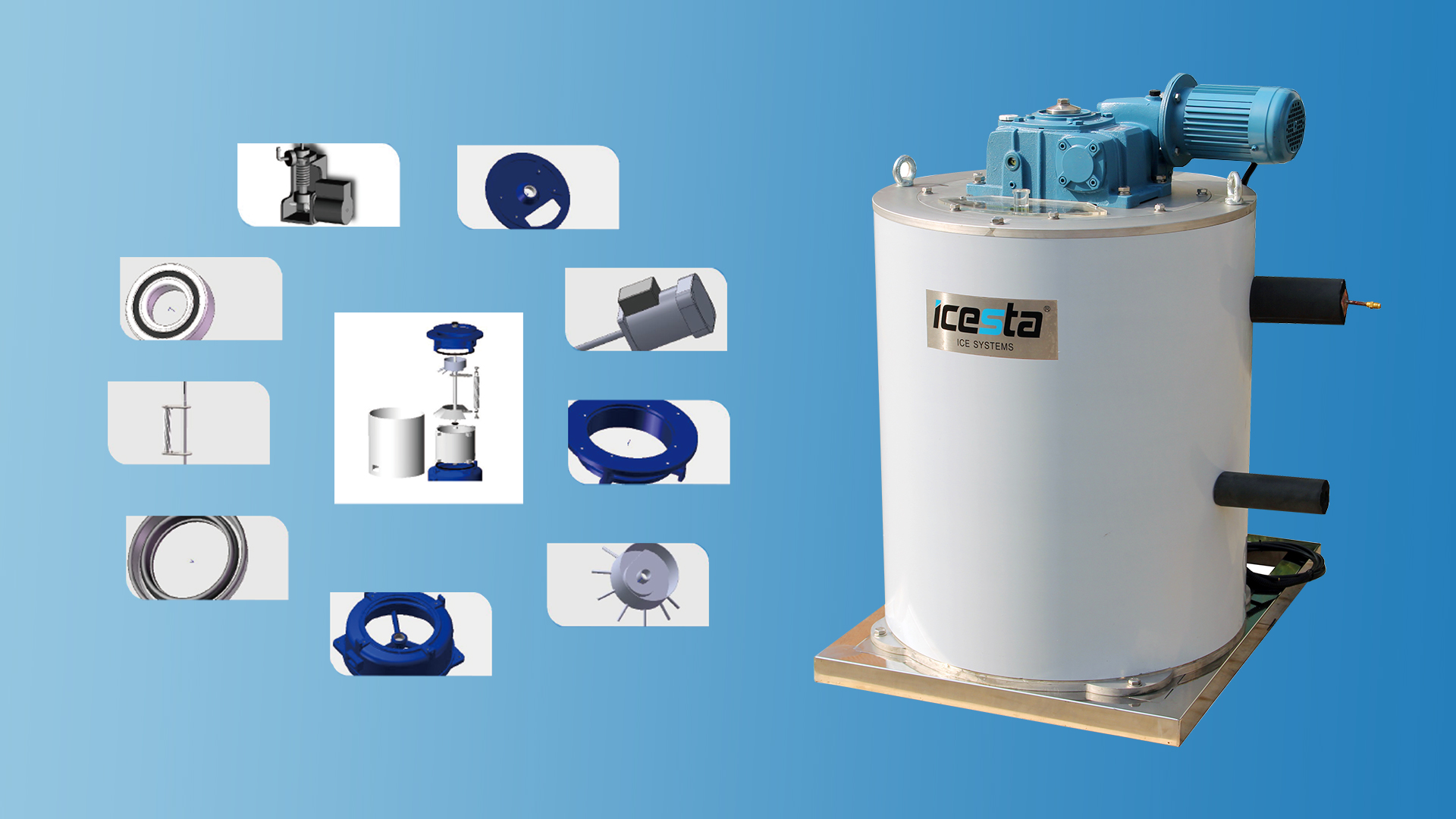Spiral freezers are an essential piece of equipment for many frozen food operations. They are used to quickly decrease product temperature prior to transporting or placing in storage. A spiral freezer consists of a freezer belt encircling a rotating drum and is typically powered by cryogenic or mechanical refrigeration methods. They are often designed to maximize belt space and are capable of handling high production rates. While these freezers can achieve fast freezing times, they are significant energy users and therefore good candidates for improvement in efficiency.
Slight variations in air temperature, fan speed, and belt speed can have significant impacts on the energy usage of a spiral freezer. A typical spiral freezer is operated with a target product temperature, evaporator fan speed, and belt speed set to an optimal level based on the specific application and product type. During the freeze process, these variables can vary widely depending on the product geometry, weight, and ingredients. When these variables change, the targeted freezing parameters can shift and result in over freezing or under freezing. This can impact both the quality of the product and end use performance.
Using advanced monitoring and controls to improve the efficiency of spiral freezers can yield significant, persistent energy savings in food processing facilities. Through Veregy’s work with food industry professionals that utilize spiral freezers, many issues have been identified that can be remedied with the implementation of advanced control techniques.
One of the most common issues is a lack of accurate product core temperatures being recorded in the packaging area. These core temperatures are necessary for the freezer to accurately record and label finished products. Veregy implemented additional sensor placement and automated data recording that improved the accuracy of product records in a freezer’s QA area, which reduced labor costs, improved the quality of finished products, and saved energy.
Another common issue occurs during the defrost cycle when the freezer is operating at a lower-than-optimal temperature and fan speed. This results in excessive defrost cycles and wastes a great deal of energy. The issue can be solved by working with the facility staff to determine the optimal spiral freezer operating conditions based on specific product mix and then adjusting them dynamically based on product changes.
Other energy saving opportunities can be found by integrating the spiral freezer with the refrigeration and process equipment control systems. This allows the system to automatically optimize the freezer’s performance based on product changes and avoid manual intervention. In addition to maximizing energy savings, full integration also eliminates the risk of error and minimizes downtime.

